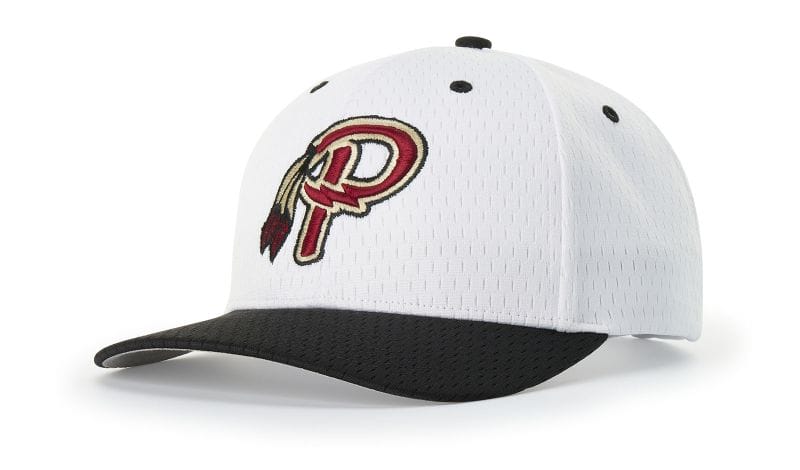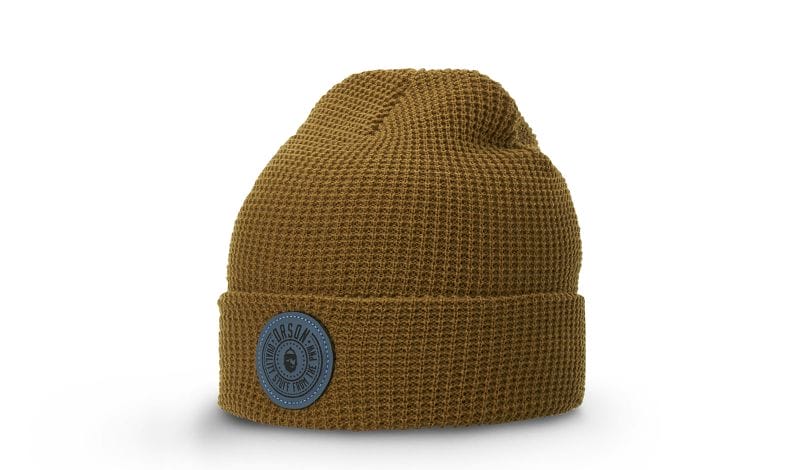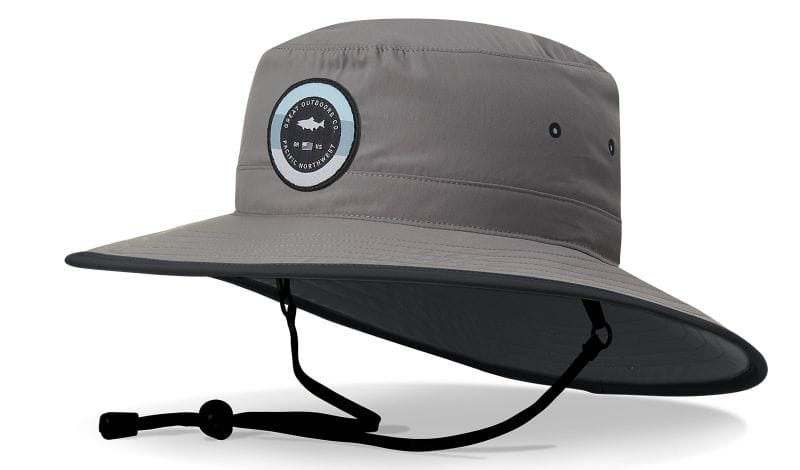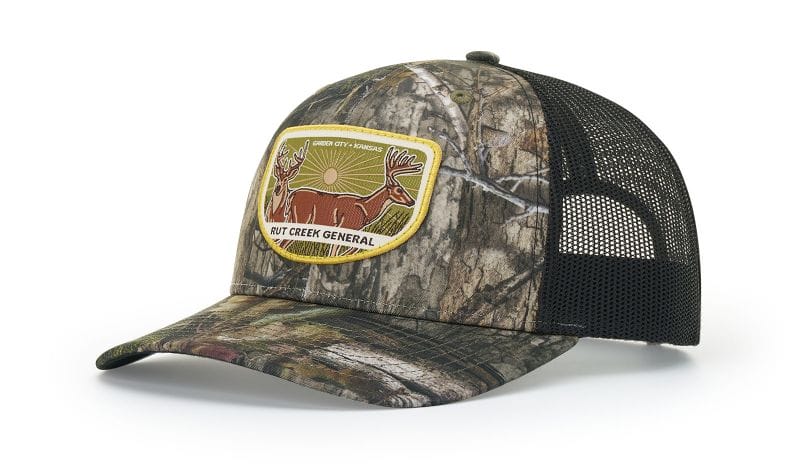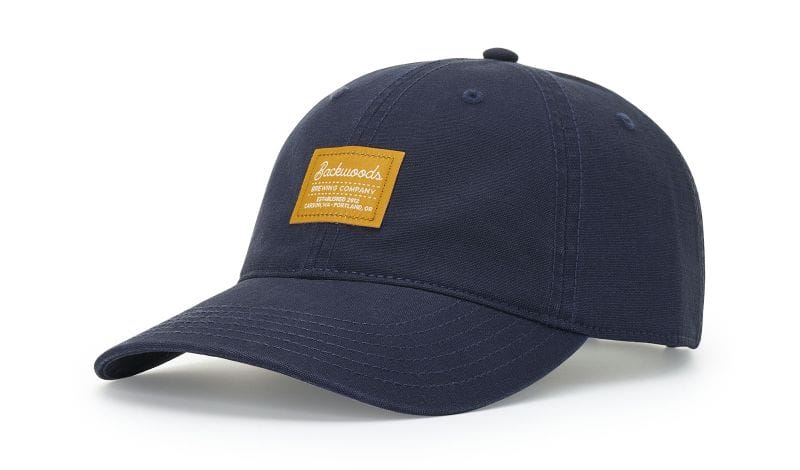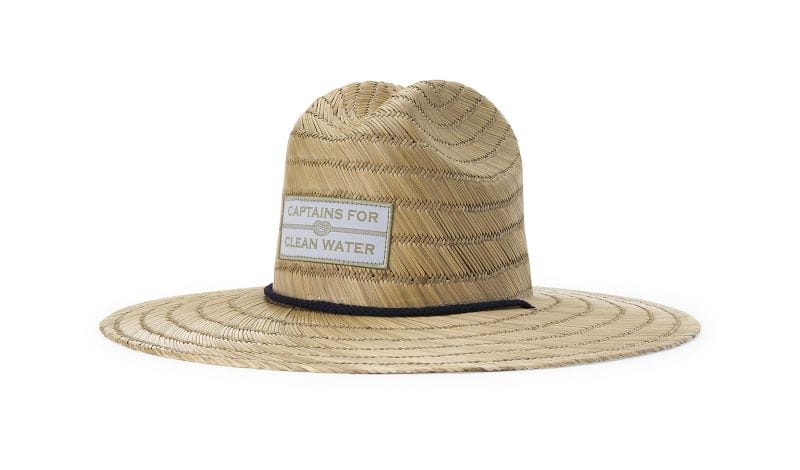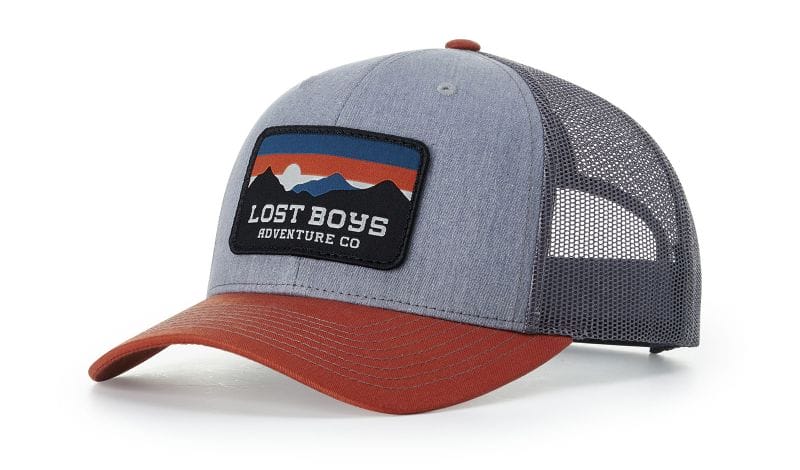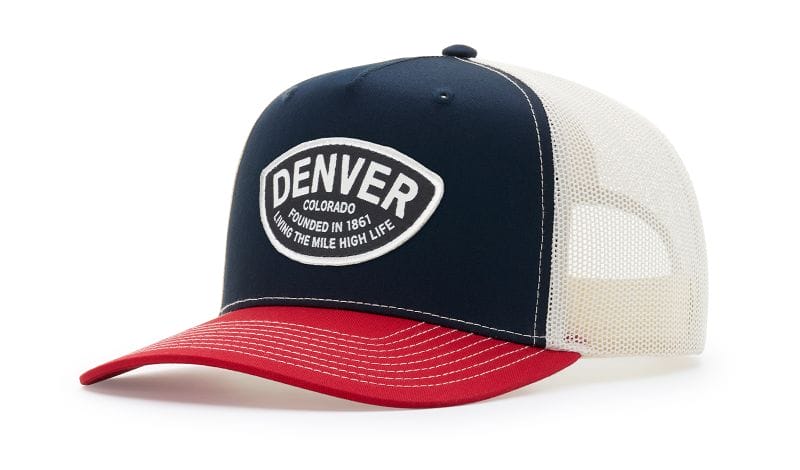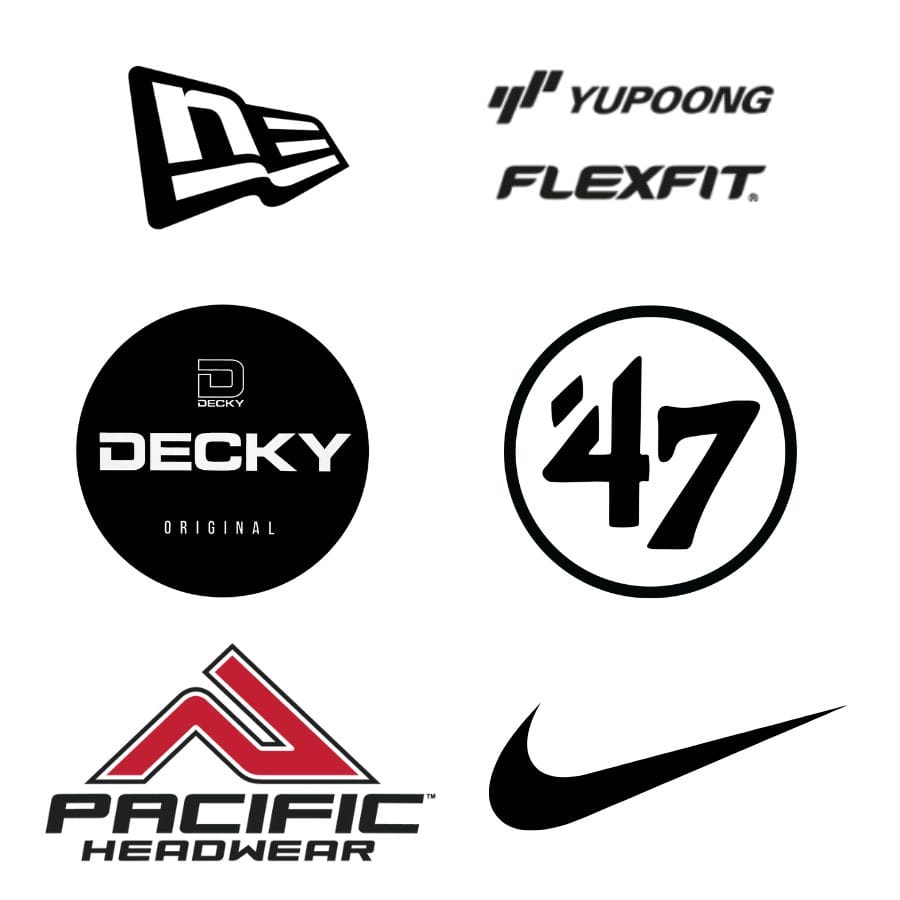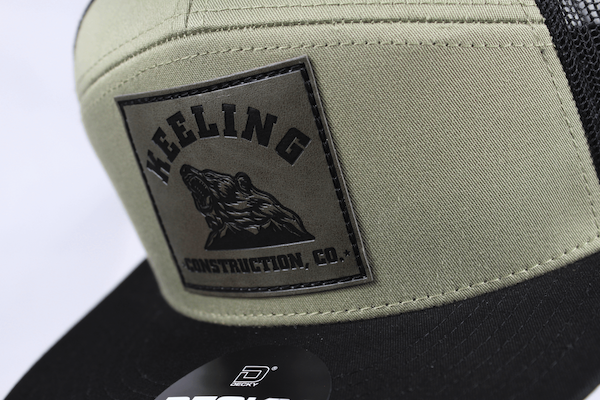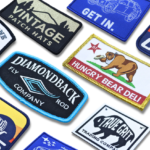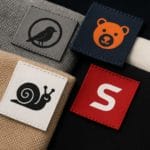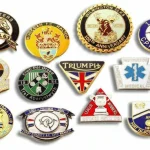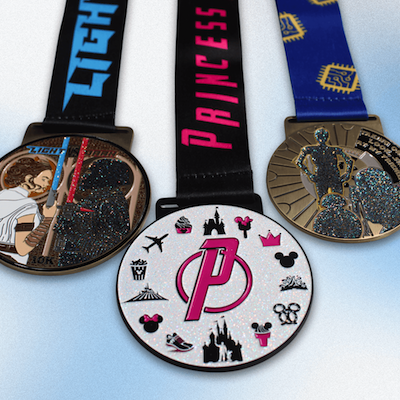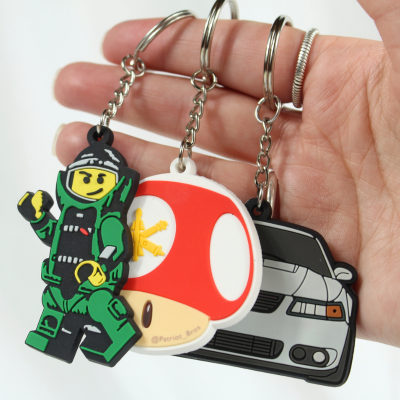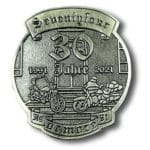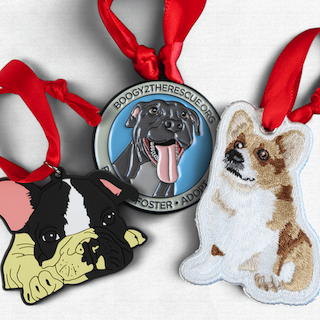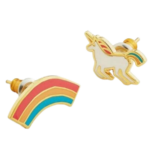How Are PVC Patches Made? A Complete Guide
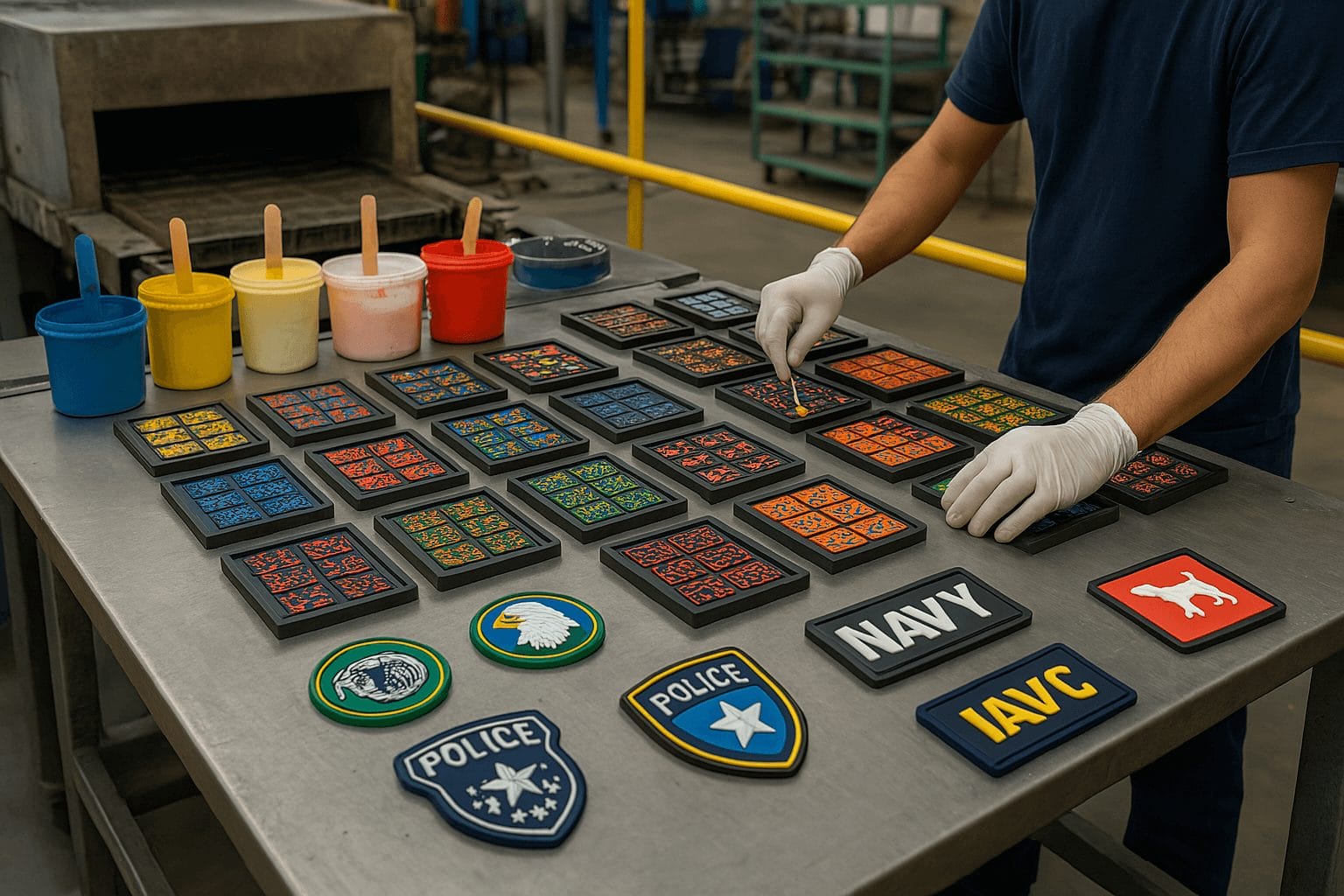
Custom PVC patches are all the rage in tactical gear, adding flair to backpacks or 3D patch hats. They include unique colors and bold 3D areas and are durable and waterproof. They are a go-to for military units, law enforcement, sports teams, and businesses looking to nail a fun and professional look.
But how are custom PVC patches made? This blog article will take you through the complete guide detailing the exact PVC patch production process, from mold to packaging. This includes all PVC patch types, including military morale patches, sports patches, or even name patches.
With extensive experience in patch manufacturing in the United States and overseas, I have walked thousands of square feet of factory floors and studied many different processes. I am here to provide a step-by-step guide to making PVC patches.
What are PVC Patches?
PVC patches are produced with a material called polyvinyl chloride, which is an extremely long-lasting plastic material. Polyvinyl chloride was developed by the French chemist Henri Victor Renault and German chemist Eugen Baumann in 1872. PVC is produced by combining PVC powder and a liquid plasticizer, which creates a liquid polymer that can be poured into a mold. Pouring this liquid PVC, creates the raised and recessed look of the PVC Rubber patches that we know today and are evermore popular in outdoor gear, military patches, and personal projects.
The First Step: The Design
Every path project starts with developing the creative design. Whether creating a personalized PVC patch or a batch of velcro patches for uniforms, the first step is the custom design.
At The Monterey Company, we offer free design services to help take your concept or logo and transform it into a fully custom PVC patch. We can work with any design, from hand drawings to fully production-ready art proofs. However, our preferred file format is vector (AI or EPS format). Below is a list of things to keep in mind when developing your design:
- Consider the number of colors. A more significant number of colors can affect the cost.
- Think about what areas you want raised and what areas recessed.
- What is the desired shape and size of your custom patch.
- Simplify any tiny text and small details.
- Think about the patch backing and attachment options.
If you want to start with a quote to ensure your patch project aligns with your budget, fill out our quote request form to connect with our team. If the price works with your project, we can move into a digital art proof.
Creating The Mold
The next step in PVC patch production is building your custom mold. After the custom design is finalized and approved, we build a 2D or 3D mold. There would be a different mold required for 2D or 3D options.
Our molds are produced with stainless steel and cut to shape with a precision CNC machine. Every tiny detail is captured carefully in the CNC mold. Every PVC patch design, from standard flag patches to military morale patches, starts with the CNC mold. This separates The Monterey Company from other DIY PVC Patch companies that use plastic molds or other inferior materials.
Interesting Fact: We keep each PVC patch mold for 2.5 years from the last patch purchase. This ensures you don’t have to pay for the mold again on reorders. This is unique to other types of patches.
PVC Patch Production Process
This is where the magic happens. After the mold is built, the next step in PVC patch production is mixing the PVC powder with the liquid plasticizer, which creates the liquid material that is ready to pour into the mold.
- The foundational first layer is poured into the mold.
- Each color is injected separately into its respective section.
- The patch is then cured by heating the mold to bond the material.
- The patches are then cooled and removed from the mold.
- Final result? A final product that’s tough and includes vibrant colors.
Most manufacturers do an automatic injection pour, but some smaller factories, depending on the custom PVC patch design, do hand inject fill the PVC mold.
Backing Options and Attachment
The next step in this process is adding the backing to the patch. There are many different attachment options for PVC patches. Whether you want iron-on patches for jackets or adhesive backing for kooler labels, we’ve got you covered.
The most popular back options are:
- Hook and Loop (velcro). Popular for military patches.
- Adhesive backing – Turn your patch into a sticker.
- Sew on – Sew directly onto your outdoor gear.
- Iron-on – Heat-activated backing option
Each option offers easy attachment depending on your usage and preference.
Testing and Quality Control
Professional manufacturers should take each order through rigorous testing and quality control. Before any orders are packaged and shipped, checking for design accuracy and color matching is key. The Monterey Company matches solid-coated Pantone colors to ensure your patch matches your brand guidelines. We also test the attachment and backing connection to the patch.
Why Choose Custom PVC Patches?
Custom PVC patches are a popular choice for so many reasons. When other patches wear down and fade, PVC patches are waterproof, durable, and guaranteed to last, which makes them ideal for outdoor use. They are not just long-lasting. They are low-maintenance patches—no need to restitch them as they are constructed of a durable PVC material.
Trusted by law enforcement and Air Force organizations in the United States and beyond, we see PVC patches grow yearly. Even NFL sports team jerseys are adding PVC patches, and large patches are prominent in motorcycle groups.
PVC vs. Embroidery: Embroidery vs PVC
In the Embroidery vs PVC debate, there are pluses and minuses to each:
Embroidery – Less expensive, classic threaded stitch look.
PVC – Durable, waterproof, actual 3D appearance.
Both have their place in fashion, uniforms, and branding—but when detail and durability are key, PVC wins.
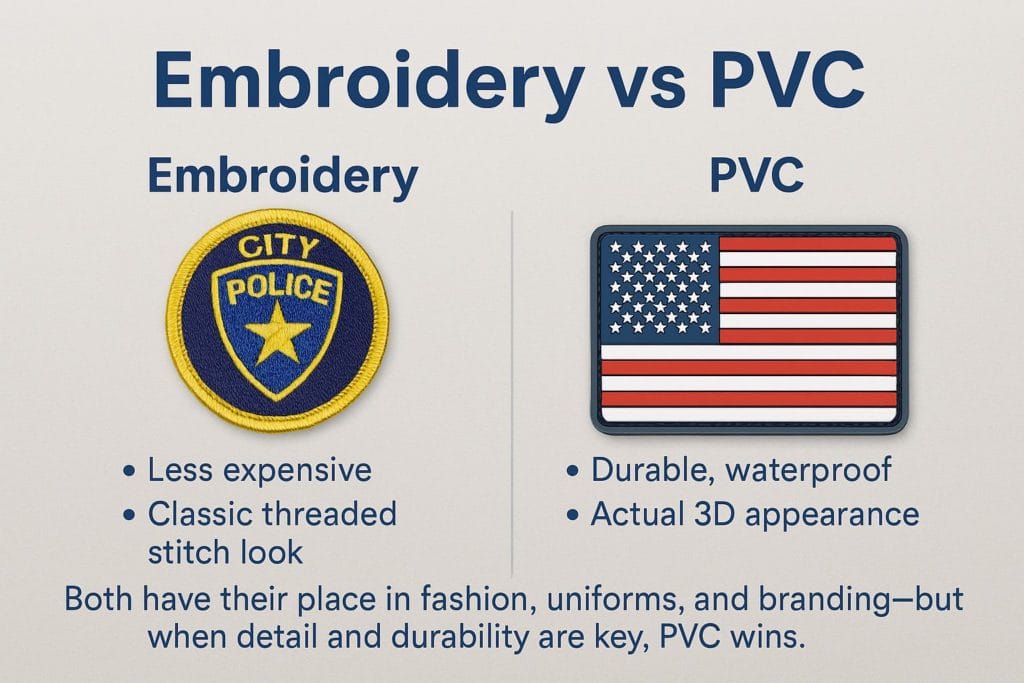
Final Thoughts and Conclusion
So, how are PVC patches made? With expert planning, precision molds, and high-quality PVC material, combined with a bit of help from our fantastic team in the United States.
Using PVC powder, liquid plasticizer, and customized molds allows for flexible production that brings your own PVC patch to life—no matter your needs.
Next time you need a custom patch—whether for business, a club, a sports team, or your next big idea—know that you’re in the right place.
Do you need additional information, or are you ready to get started? Submit a quote request form for a free quote, and ask for samples of PVC patches.
Eric Turney
Eric Turney A devoted father, football fanatic, and stand-up comedy enthusiast who loves nothing more than bringing people together over great food and a good time. When he’s not cheering on his favorite team or experimenting in the kitchen, you can find him connecting with others on LinkedIn

